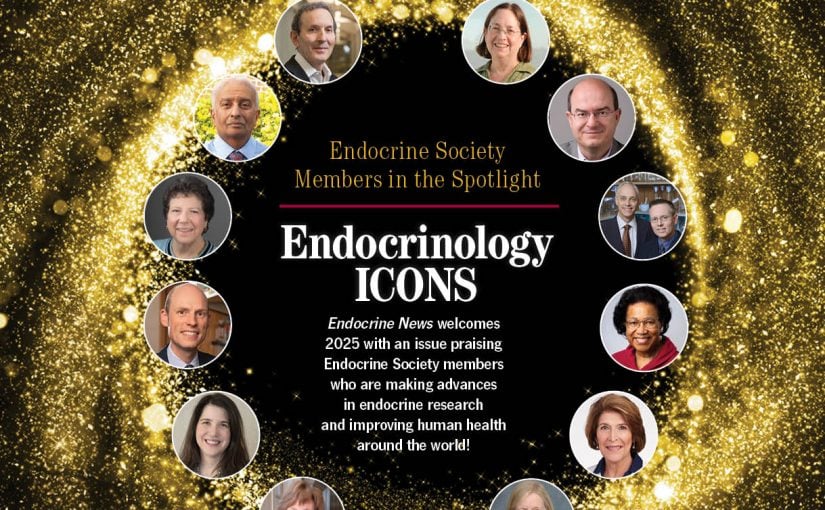Rarely a day goes by, even a Sunday, when patients aren’t biding their time in the waiting room of The Fertility Institutes in Encino, California. Some have come from half a world away.
While director Jeffrey Steinberg, MD, can’t guarantee his patients a baby, he makes sure women who do give birth get specifically what they came for—a boy or a girl— through pre-implantation genetic diagnosis. In the 11 years since the American Society for Reproductive Medicine softened its guidelines discouraging gender selection for non-medical uses, Steinberg’s practice has soared.
“As we’ve dedicated more time to it, we’ve become quite good at it,” says Steinberg, sitting in his office, the site of the former DreamWorks Studio offices located at the divide of urban Los Angeles and the San Fernando Valley. “It’s a worldwide marketplace.”
How It Works
Pre-implantation genetic diagnosis (PGD) was originally developed to screen for single-gene disorders, such as Tay Sachs, in families with a known history. Certain genetic disorders are sex linked, such as hemophilia A and B.
“That is where determining gender became important,” says Steinberg, who trained at Cambridge University in England with Patrick Steptoe, MD, and Robert Edwards, PhD, the creators of in vitro fertilization. “Then I started getting requests from a lot of people saying, ‘Listen doc, we don’t have any genetic disorders, we just want a boy or we just want a girl. Can you do it?’”
The process is straightforward but highly dependent on the expertise of the embryologist. Eggs are retrieved and fertilized. When the resulting embryos divide to eight cells, the embryologist pierces the embryo and removes a single cell for chromosomal analysis. Only the embryos of the desired sex—typically one or two embryos—are implanted.
“It’s standard in vitro fertilization. The only difference is we’ve added PGD gender selection,” Steinberg says.
The clinic includes a room that generates purified air to feed the adjacent clean room, where biopsies are performed. The embryologist’s work station floats on a nitrogen bed to absorb vibrations. Biopsies are completed in 20 to 30 seconds.
“Embryos don’t like being out very long,” Steinberg says. “It needs to be done fast and efficiently. I think what a lot of centers don’t realize is you can’t really dip your toes into this once or twice a year. It’s like anything else, you want a doctor who does it all the time.”
And Steinberg is successful. The national per cycle livebirth rates for IVF using fresh, non-donor eggs are 41.7 percent (ages 34 and under), 31.9 percent (ages 35 to 37), 22.1 percent (ages 38 to 40), and 12.5 (ages 41 to 42), according to the Society for Assisted Reproductive Technologies.
Steinberg’s corresponding statistics are 58.8 percent, 47.5 percent, 47.1 percent, and 28.1 percent. Many of his patients, however, are healthy and would not have required assisted reproductive technologies to become pregnant.
High Accuracy and High Cost
The accuracy of gender selection is near perfect. Steinberg says he has never had a patient give birth to a child of the undesired gender. Only mosaicism, which is rare, could result in failed gender selection.
The major risk to patients is ovarian hypersensitivity, which can occur in standard IVF. Cost may be the biggest deterrent to gender selection. IVF with PGD averages about $18,000 compared to about $11,000 for standard IVF.
Melissa Smerker and her husband Kevin underwent gender selection and welcomed twin girls to their family in March. The couple has four boys, but Melissa longed for a girl. “It’s not that I didn’t appreciate my children. They are beautiful, healthy boys. But there was that desire for a little girl,” Melissa Smerker says. “I assumed that someday I would get past it. But the longing never went away.”
It took years for the Vaughn, Montana, couple to save the money for the treatment, which was successful on the second try.
Steinberg estimates that there are about five other U.S. clinics performing a “reasonable volume” of PGD for gender selection and that about 40 percent of infertility clinics provide it upon request. But professional attitudes regarding family balancing may be softening, says Paula Amato, MD, an associate professor at Oregon Health Sciences University and chairwoman of the ASRM ethics committee.
“I think it’s an issue where reasonable people can disagree,” Amato says. “Certainly ASRM has concerns related to gender equality and acceptance of offspring and the health risks that patients would have to undergo to have IVF if they are doing it just for this reason. Also, is this the most appropriate use of medical resources? For all those reasons, ASRM has concerns.”
The ethics committee will likely issue an updated guideline next year, she says. Gender selection for non-medical purposes is forbidden in 31 countries.
Future research papers may also persuade the medical world of the scientific value of his work, says Steinberg, who has one of the few ART databases on healthy women. He has found, for example, that a high number of his patients fail to produce the optimal number of eggs—a problem that was thought to be exclusive to infertile women. He has also found higher-thanexpected rates of aneuploidy in healthy, fertile women.
“This data is very exciting to us because there has never been a control group with in vitro fertilization,” he says. “It has given us a chance to study an entirely new patient population that would never have been studied.”
—Roan is a freelance writer in Los Angeles

